
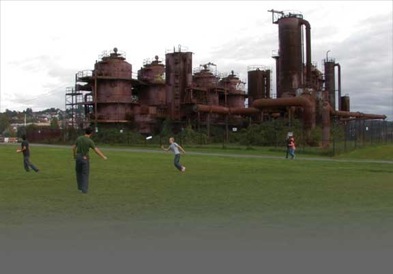
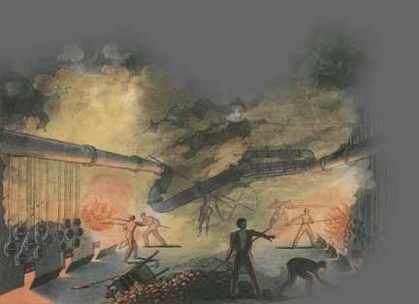
Gasworks Park is the world’s last remaining example of what Geological Engineer Allen Hatheway calls “perhaps the single most important industrial enterprise of the nineteenth century:” synthetic gas manufacturing plants.
Not to be confused with the natural gas used in stoves today, synthetic gas is a man-made fuel extracted from coal, petroleum or other carbon-based materials.
The first synthetic gases were made by William Murdock, Philippe le Bon and others in Great Britain and Europe during the 18th century, when the world’s principle fuel was wood and the chief source of lighting was tallow (beef fat) candles. Although largely forgotten today, the story of gas manufacture directly bridges this long-gone era with the modern age of electric power.
To make gas from coal, coal or coke is heated to a very high temperature in sealed ovens. Deprived of oxygen, the heated coal gives off gases including hydrogen, methane and ethylene. These gasses burn cleaner, hotter and brighter than coal itself, so are more efficient as fuel for lighting and heating.
Coal gas was first used for public street lighting on Pall Mall in London in 1807, and the world’s first gas company was established in London in 1812, delivering gas through wooden pipes. America’s first gas company was established in Baltimore, Maryland in 1816. The smoking chimneys and large round storage tanks of gas manufacturing plants became common sights in American cities as the 19th century progressed.
The Seattle Gas Light Company was established in 1873 by a consortium including Seattle founders Arthur Denny and Dexter Horton (above). They built their first plant on a tide flat near the present location of Union Station. Little is known about this plant, because its records burned in the great Seattle fire of 1889.
A second gas company arose a few years later, and the two firms competed for contracts to provide “town gas” for lighting the city’s streets businesses and homes.
In the 1870s, a more efficient method of coal gasification was developed by Thaddeus S. C. Lowe, an inventor who had pioneered the use of gas observation balloons during the Civil War. Lowe’s new process involved passing steam over superheated coal, producing a cheaper, cleaner hydrogen gas. The process required large amounts of fresh water, so both Seattle gas companies turned their eyes toward a choice piece of land on Lake Union called Brown’s Point.
The Seattle Gas Light Company eventually won the battle for Brown’s Point, where they opened their new plant in 1906. The losing gas company soon went out of business. Despite growing complaints from its neighbors about air pollution, the SGLC plant did brisk business here, becoming Seattle’s primary source of power until hydro-electric power began to supplant it in the 1930s. At its height, the plant supplied gas to communities as far south as Kent and as far north as Mukilteo.
In the 1930s, yet another new gasification technology came along. Crude oil became cheaper than coal, and Seattle’s new ship canal made it possible to bring oil by ship to Lake Union, so the gasworks plant switched to making gas from petroleum.
Much of the original 1906 plant was dismantled to make way for the new process. Except for the railroad trestles at the park’s entrance and a few other structures, most of what visitors see today dates from 1937.
In 1956 natural gas became available in Seattle for the first time upon the completion of the Trans Mountain Gas Pipeline from Canada. On December 21 of that year, the gasworks on Brown’s Point shut down for good, much to the relief of its Wallingford neighbors, who had complained for decades about air and water pollution from the plant.
Forgotten
Fuel


William Murdock
Philippe le Bon
Making gas from coal in England, 1821
Baltimore gasworks
Seattle’s first gasworks, near Pioneer Square, 1878

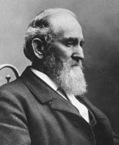
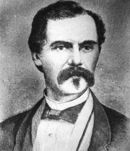
Balloonist and inventor T.S.C. Lowe perfected coal gasification
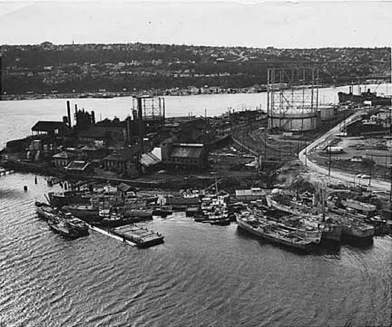
The Gasworks on Brown’s Point, ca. 1910
The gasworks in its final incarnation, 1951
IMAGES
“Drawing of the retorts at the Great Gas Establishment Brick Lane, 1821.” The Monthly Magazine
“Bird’s-eye view of the city of Seattle, Puget Sound, Washington Territory, 1878.” Drawn by E.S. Glover. University of Washington Libraries Special Collections Division
“View of balloon acsension. Prof Thaddeus Low observiing the Battle of Seven Pines or Fair Oaks form his balloon ‘Intrepid’ on the north side of the Chicahominy, June 1, 1862.” Photographer: Matthew Brady or Brady-Handy
“The Gasworks on Brown’s Point, c. 1910.” University of Washington Libraries Special Collections UW SEA0559
“Seattle Gas Company plant on Lake Union, bird’s eye view, Seattle, ca, 1951.” Puget Sound Maritime Historical Society 10231
RESEARCH SOURCES
Richards, Michael. 1983. Seattle’s Gasworks Park. Seattle: Tillicum Place Printers
Stotz, Louis. 1938. History of the Gas Industry. New York: Stettiner Bros.
Hatheway, Allen. Former Manufactured Gas Plants. http://www.hatheway.net/ (accessed 11/1/08)
History of Manufactured Gas. http://en.wikipedia.org/wiki/History_of_manufactured_gas (accessed 11/1/08)
Thaddeus S. C. Lowe. http://en.wikipedia.org/wiki/Thaddeus_S._C._Lowe (accessed 11/1/08)

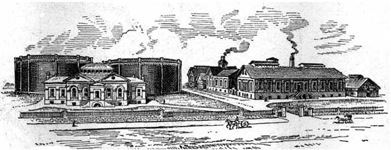
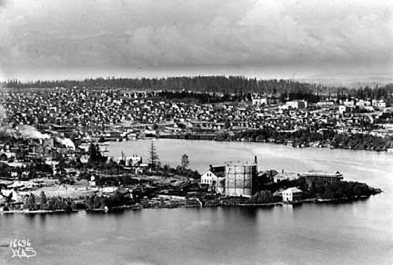

History
History

Learn More >>


<<Back

Gasworks Park

